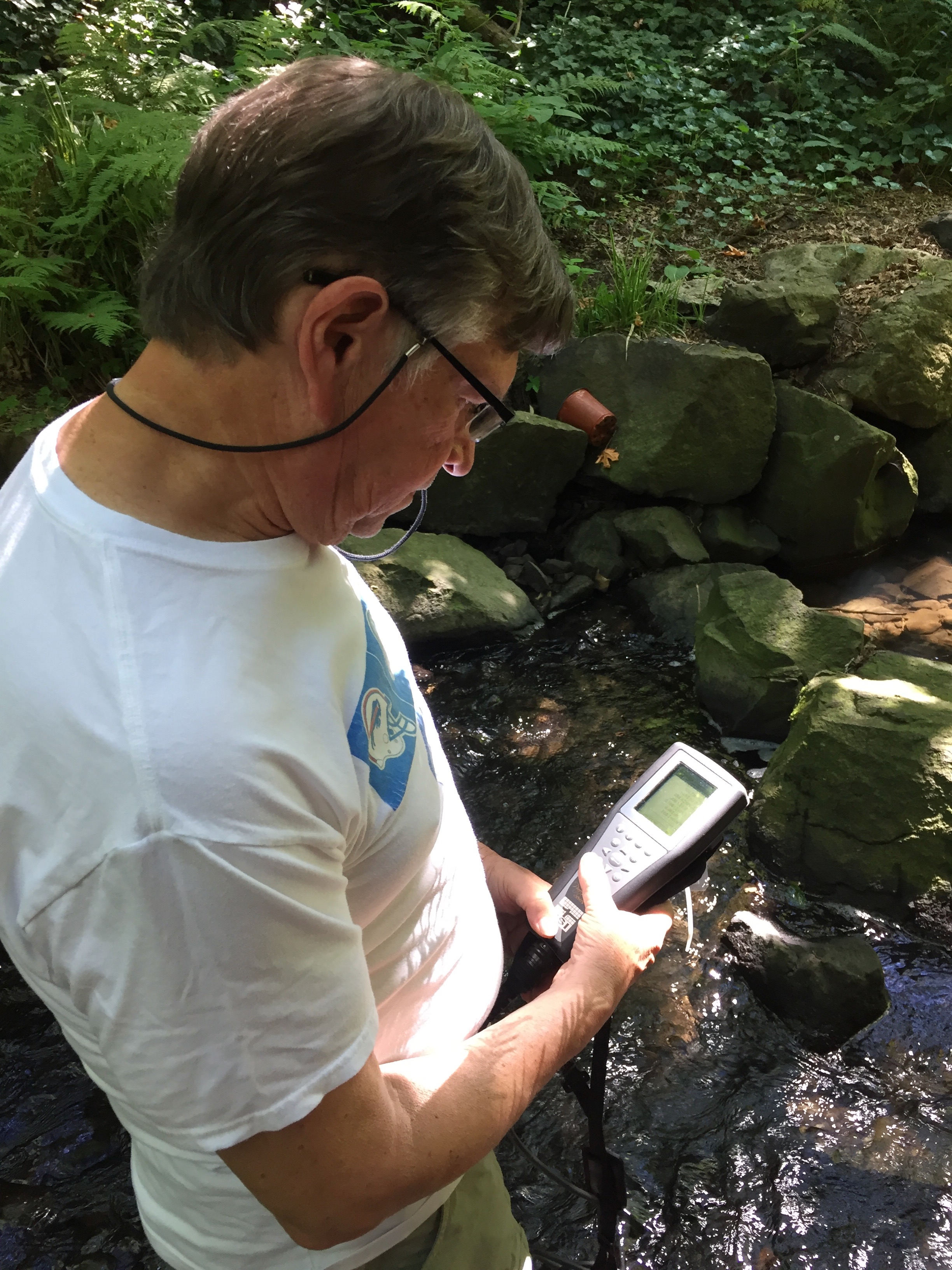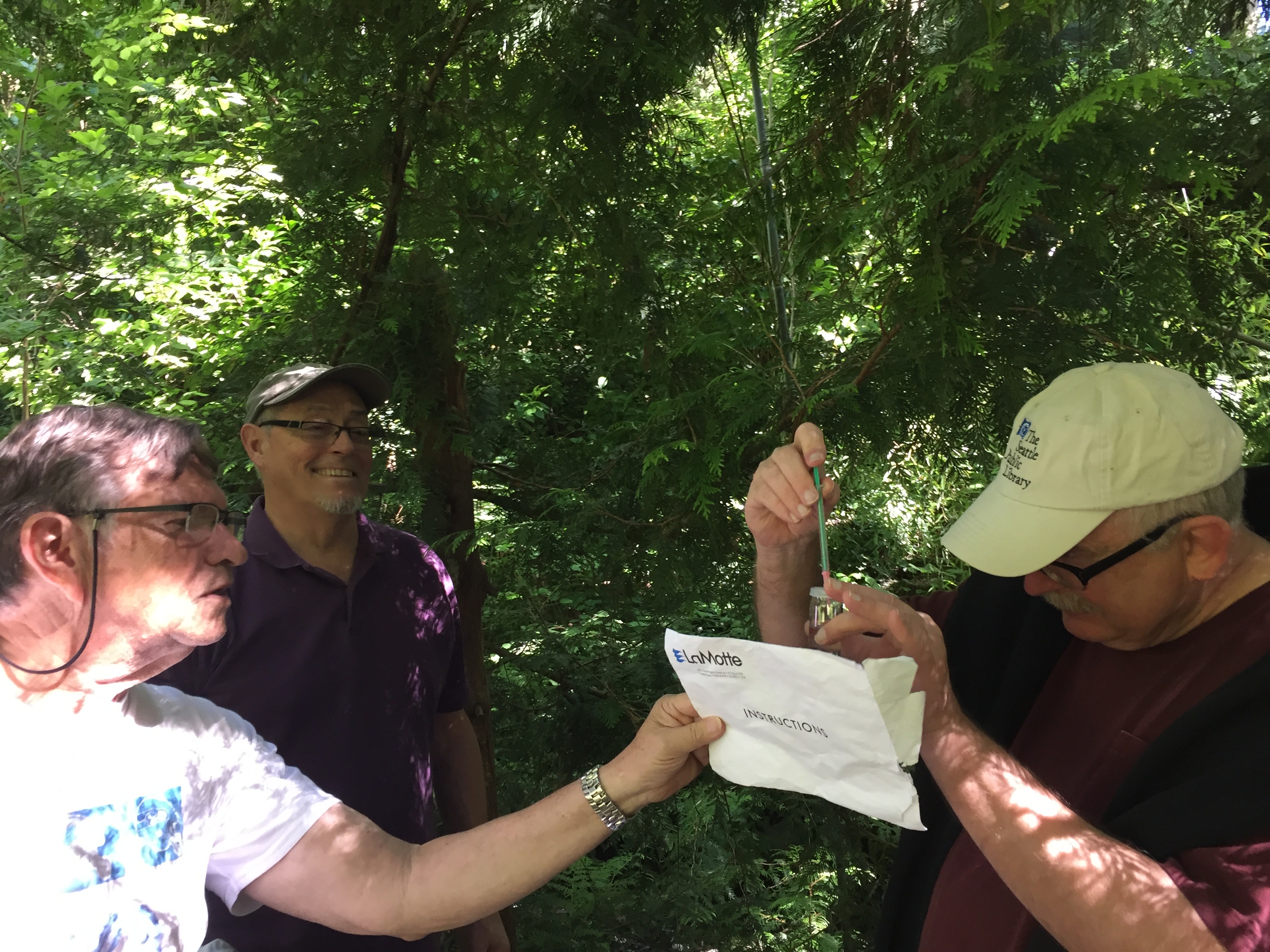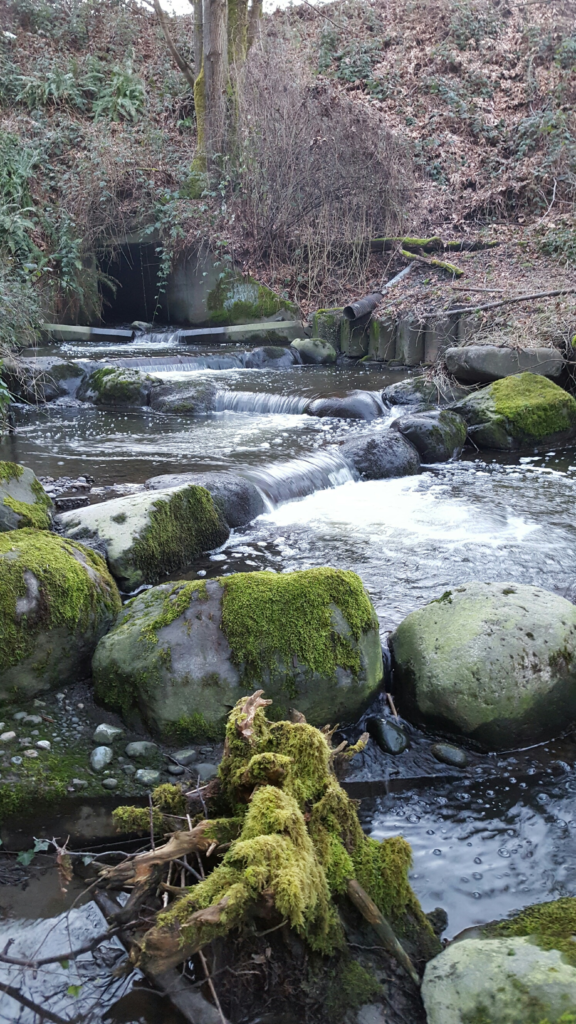Community Scientist Water Quality Efforts on Thornton Creek
Project Description
The Problem
E. coli bacteria are present in the creek. These can be a health problem for anyone that encounters creek water. We know that children will play in the creek so it is even more important to understand the levels and locations where higher amounts of E. coli could be present. E. coli can be introduced from human or animal waste. There are several possible sources. A main concern is side sewer incorrect plumbing issues and broken lines. Also human activity around the creek like encampments or RV discharge can cause high levels. Animal waste for example from dogs is also a concern. By analyzing for E. coli at many locations on a frequent basis we will be better able to focus on the problem areas.
The Solution
Our initial sampling once a week at over 20 locations has pinpointed 3 areas along the creek or its tributaries that are unusually high for E. coli. We will be focusing on these to determine possible sources. We have also found that when the beaver dams on the south fork are broken that a significant E. coli is released into the creek. We have discussed this with SPU and they are changing their behavior on dam breakage.
We also have found high levels E. coli downstream from encampment areas. Education, waste removal systems and removal of encampments near the creek could reduce this problem.
In some areas we see higher levels of E. coli during rain events. This could be indicative of animal waste washing into the creek. We are starting a program to supply mitts for mutts dispensers in these areas to encourage animal waste removal.







0 Comments